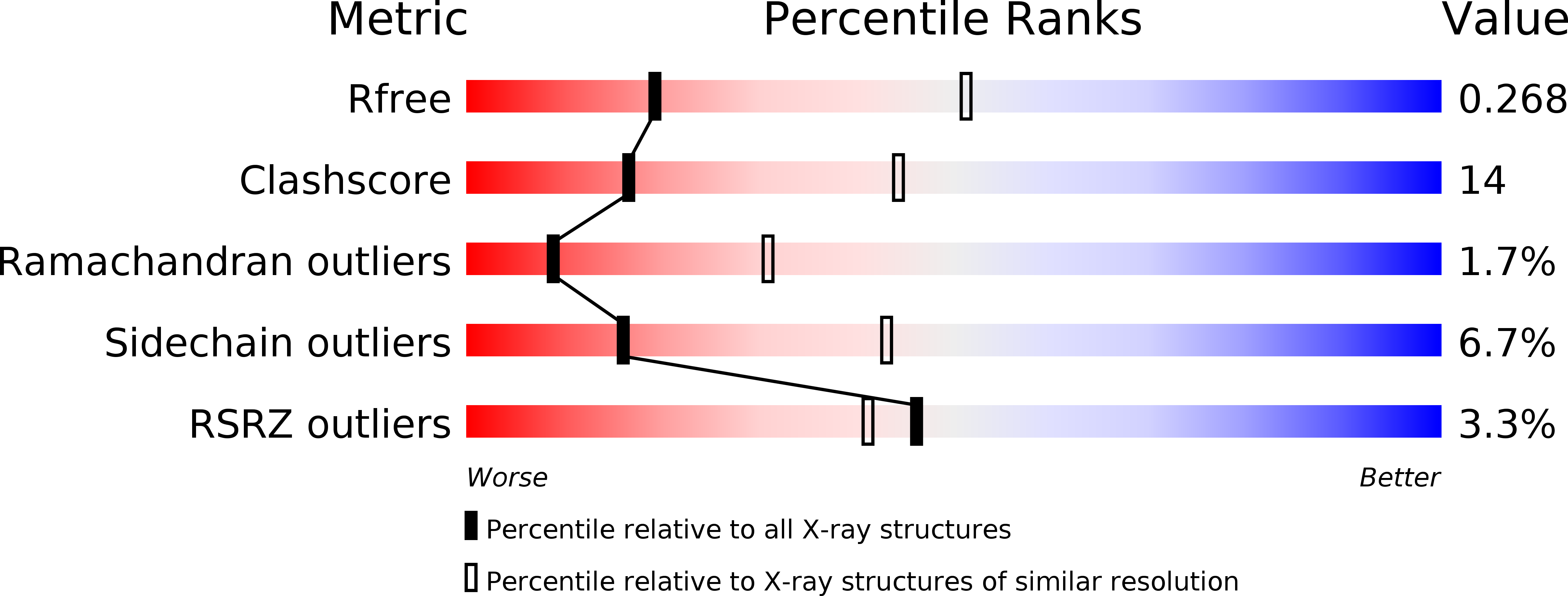
Deposition Date
2007-01-18
Release Date
2007-04-03
Last Version Date
2024-10-30
Entry Detail
PDB ID:
2OL3
Keywords:
Title:
crystal structure of BM3.3 ScFV TCR in complex with PBM8-H-2KBM8 MHC class I molecule
Biological Source:
Source Organism:
Mus musculus (Taxon ID: 10090)
Host Organism:
Method Details:
Experimental Method:
Resolution:
2.90 Å
R-Value Free:
0.28
R-Value Work:
0.22
R-Value Observed:
0.22
Space Group:
P 43 21 2


